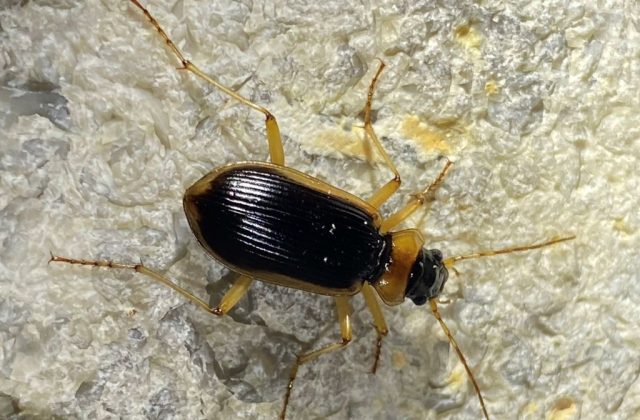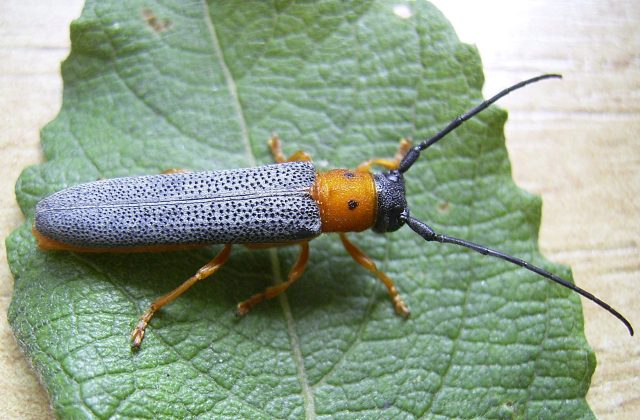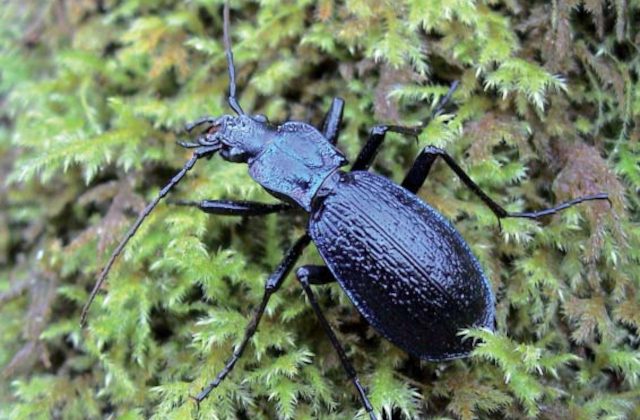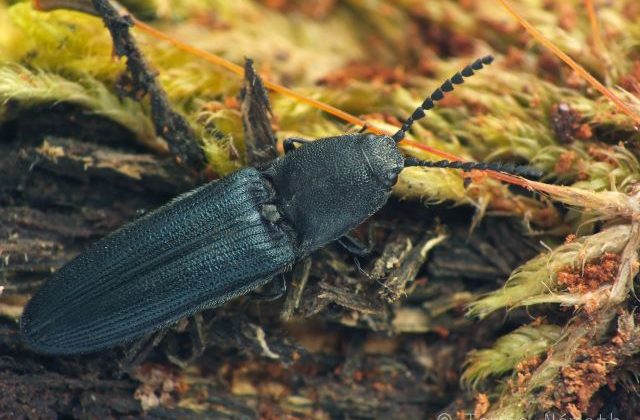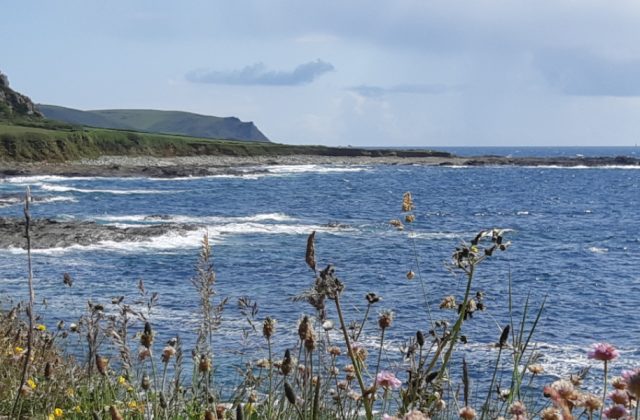Bugs provide much of the colour, sound and movement that animate the natural world. They have incredible life stories and the power to help humanity by providing pollination, medicines, natural pest control, and waste recycling, to name a few. Yet, we still have so much to discover and understand about invertebrates.
Buglife is committed to stopping the extinction of invertebrate species and achieving sustainable populations of invertebrates. However, there are more species under threat than ever before. Urgent action is needed to prevent the loss of our most vulnerable wildlife.
Working with partners, we undertake the work required to give our most threatened species a brighter future. Already our species recovery projects have:
- Captured the first ever images of the Bermuda Sac Spider (Anyphaena bermudensis), through the Supporting Atlantic Territories Invertebrate Conservation project.
- Discovered new populations of Blue Ground Beetles (Carabus intricatus) in Devon, Cornwall and South Wales.
- Safeguarded key populations of the Horrid Ground-weaver Spider (Nothophantes horridus) in Devon.
- Re-introduced Tadpole Shrimp (Triops cancriformis) to 9 temporary pools at a site in Scotland.
- Established safe-haven Ark sites for threatened populations of White-clawed Crayfish (Austropotamobius pallipes).

